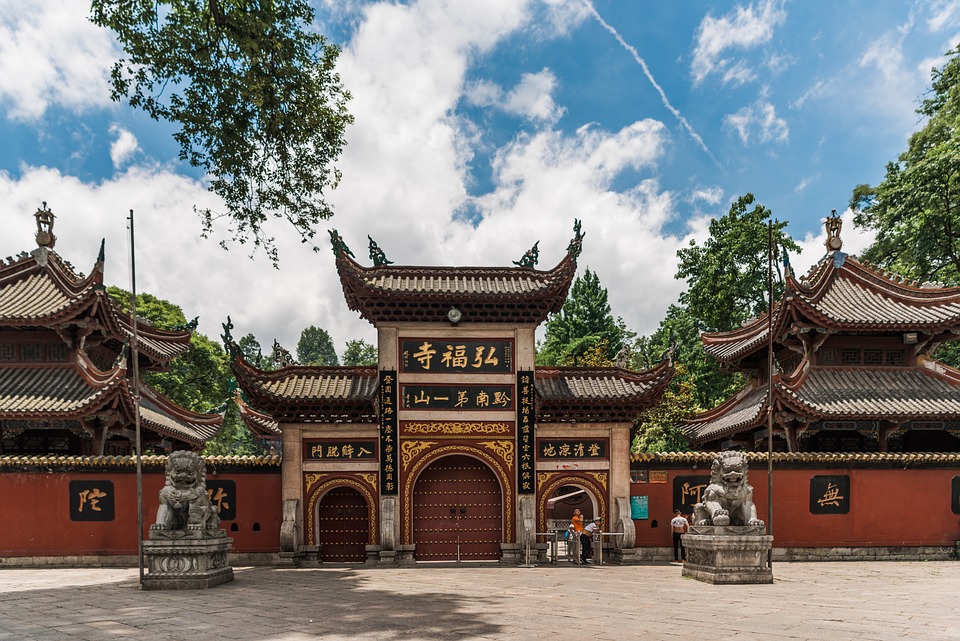Cultural heritage is an intrinsic part of society, shaping our identities and connecting us to our past. Traditions, languages, rituals, and cultural artifacts all play a crucial role in preserving our shared history and values. However, in an increasingly interconnected world, cultural heritage is no longer confined within national borders – it is now a global phenomenon that transcends geographical boundaries. This has given rise to the concept of “Heritage Beyond Borders” – the exploration of cultural traditions and their impact on a global scale.
One of the key aspects of Heritage Beyond Borders is the idea that cultural heritage is not static, but a dynamic and evolving substance that is constantly influenced by external forces. As societies become more interconnected through globalization and technology, traditions and customs often cross borders, merging with new influences and creating hybrid forms of cultural expression. This can be seen in the fusion of different music styles, the blending of culinary traditions, and the adoption of clothing styles from different cultures.
The impact of global cultural heritage can be seen in a variety of ways. For example, the spread of western popular culture has led to the global dominance of American music, films, and fashion. This has created a shared cultural landscape where people from different parts of the world can identify with the same cultural references and symbols. Additionally, the recognition and preservation of UNESCO World Heritage Sites have created a sense of global responsibility towards safeguarding our shared cultural legacy.
Furthermore, the sharing of cultural traditions can also foster understanding and promote peace between different communities. By exploring and appreciating the cultural heritage of others, we can build bridges of understanding and empathy, breaking down stereotypes and prejudices. This can lead to the promotion of intercultural dialogue and cooperation, ultimately creating a more harmonious and inclusive global society.
However, despite the many benefits of Heritage Beyond Borders, there are also challenges and concerns that need to be addressed. The commodification and commercialization of cultural heritage can lead to the exploitation of communities and the erosion of traditional practices. Additionally, the threat of cultural imperialism and homogenization looms large, as dominant cultures may overshadow and suppress the voices of marginalized communities.
In conclusion, Heritage Beyond Borders offers a unique opportunity to explore the global impact of cultural traditions and to celebrate the rich diversity of our shared heritage. By recognizing the interconnectedness of our cultures, we can foster mutual respect, dialogue, and understanding among different communities, ultimately creating a more inclusive and peaceful world. It is essential that we continue to cherish, preserve, and promote our cultural heritage, both within our national borders and beyond, in order to ensure a vibrant and diverse global cultural landscape for future generations to enjoy.




